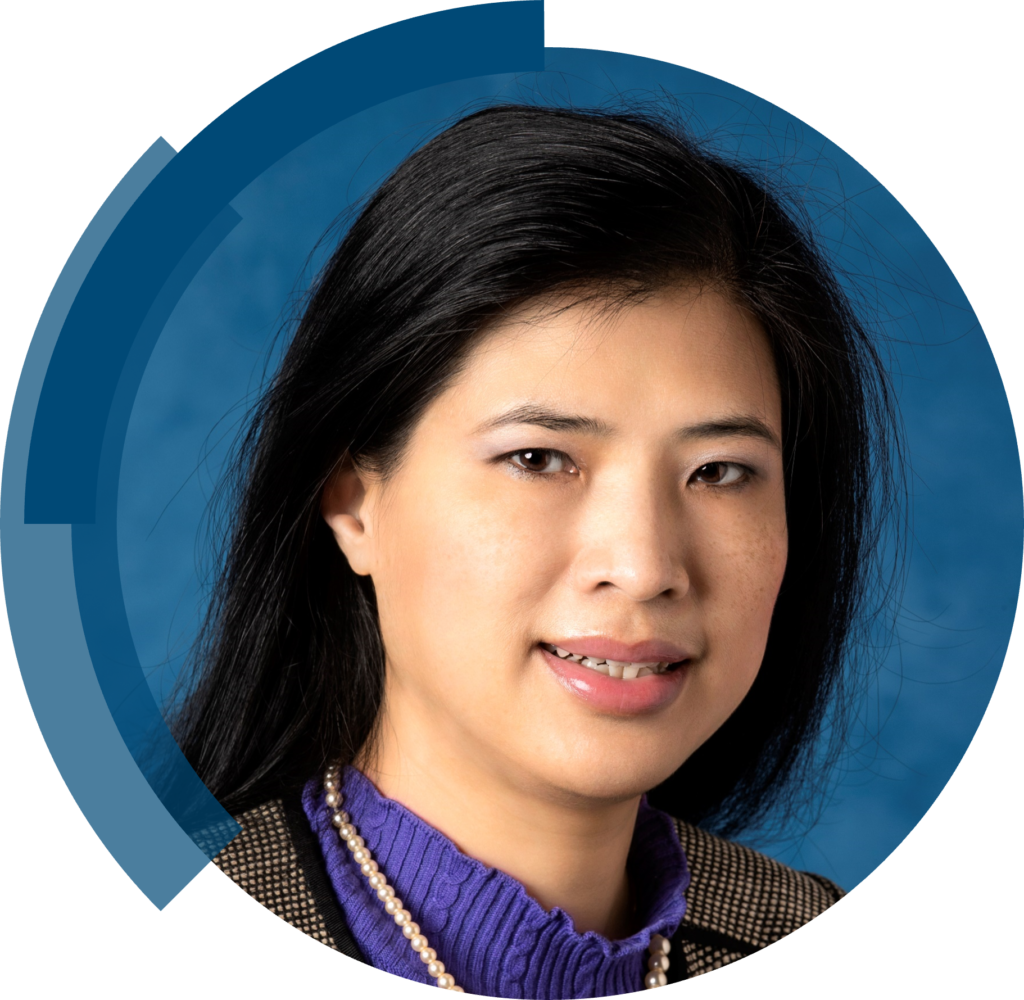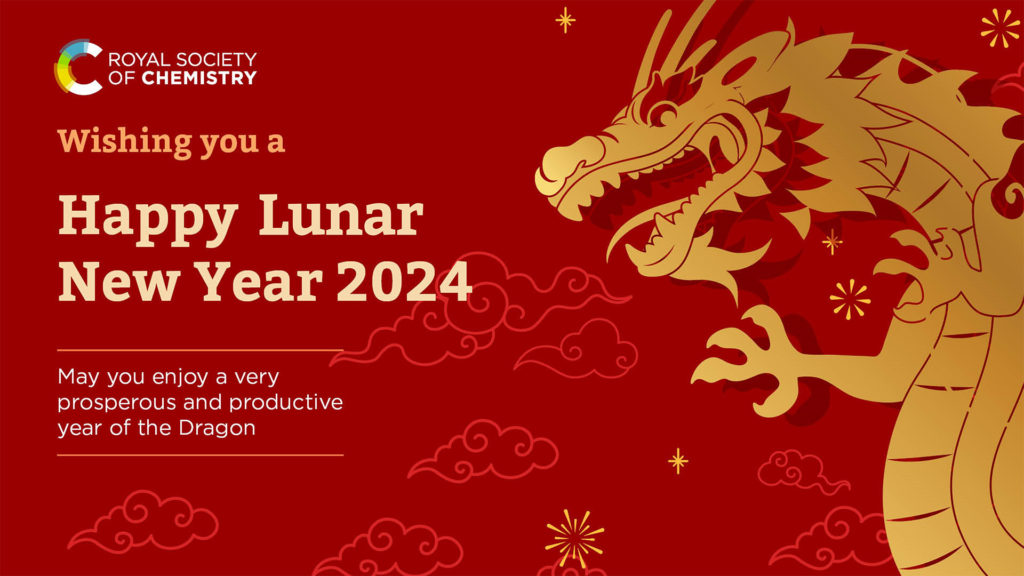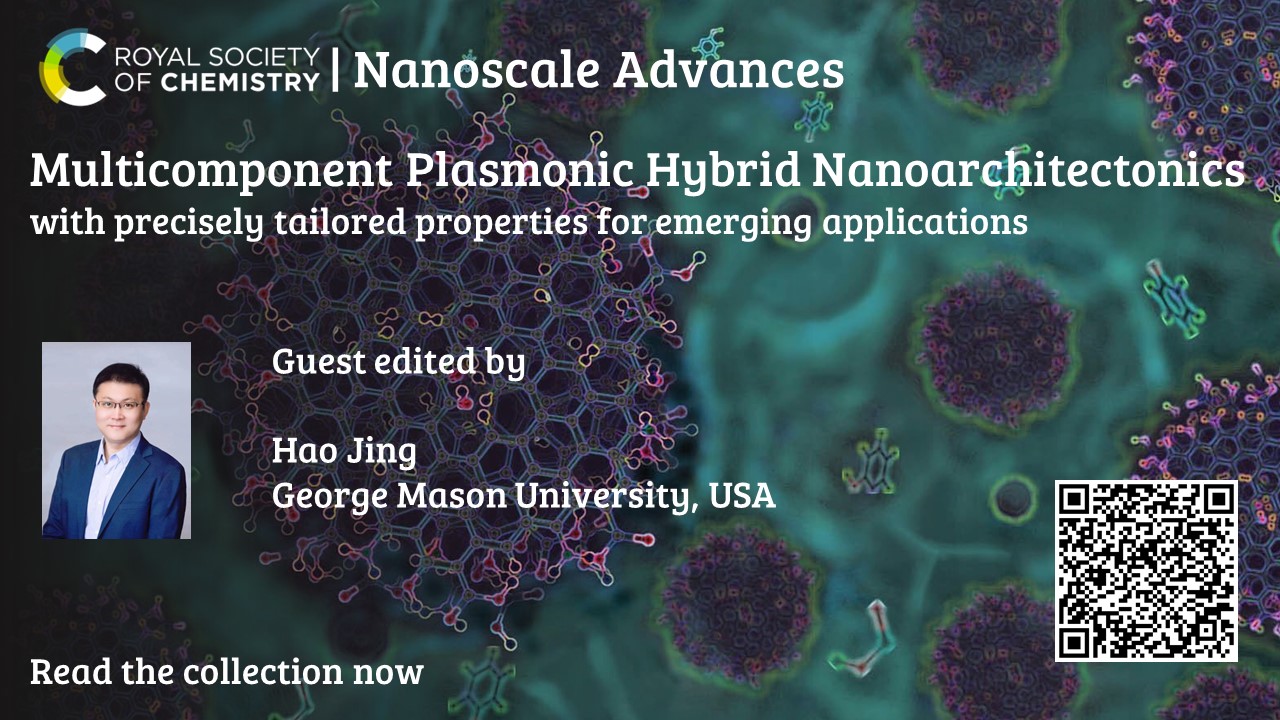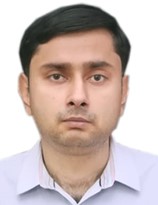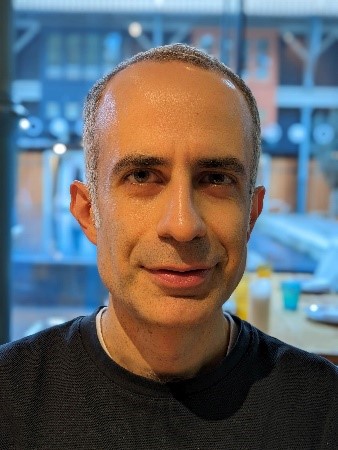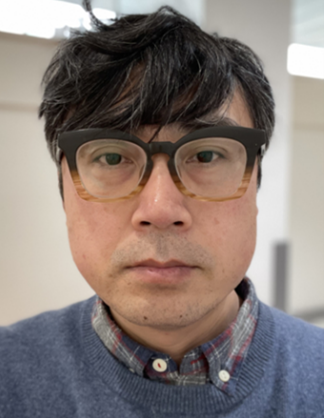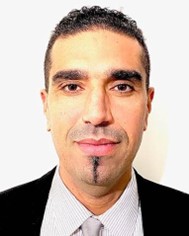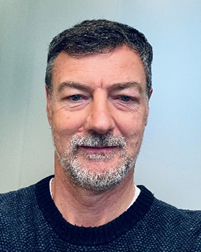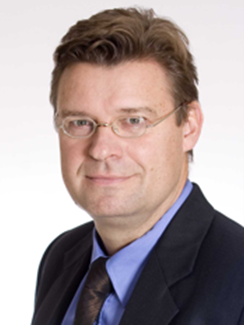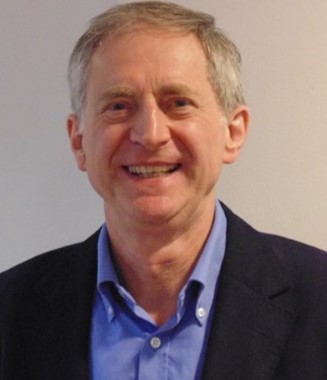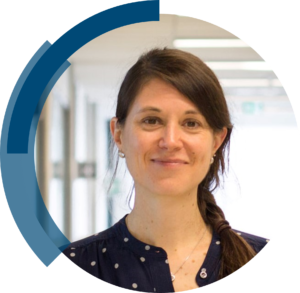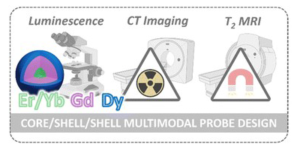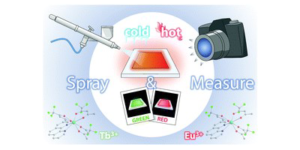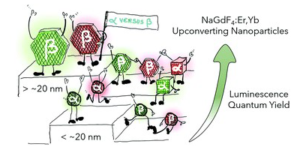Professor Nguyen TK Thanh joins the Associate Editor team
Welcome to Nanoscale and Nanoscale Advances!
“I am really looking forward to joining the editorial board of Nanoscale and Nanoscale Advances as it will compliment my role as Editor-in-chief of the RSC Nanoscience and Nanotechnology book series. We published our first paper in Nanoscale in 2010 and I have been working closely with the journal as a guest editor three times. It is a great chance to promote research in nanoscale science and technology, which will have many tremendous applications and tackling many challenges in our society such as improving quality of life on earth and sustaining its climate.” – Professor Nguyen TK Thanh
We welcome you to submit your latest work on magnetic, plasmonic and colloidal nanomaterials for biomedical applications to her editorial office for consideration.
Submit your latest research
Explore some of Professor Thanh’s recent articles below.
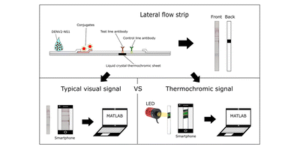
Development of a thermochromic lateral flow assay to improve sensitivity for dengue virus serotype 2 NS1 detection
|
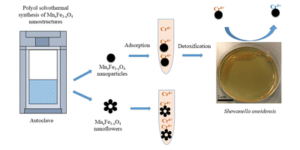
Enhanced detoxification of Cr6+ by Shewanella oneidensis via adsorption on spherical and flower-like manganese ferrite nanostructures
|
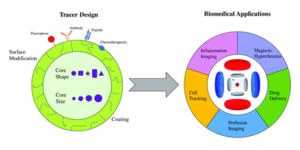
Magnetic particle imaging: tracer development and the biomedical applications of a radiation-free, sensitive, and quantitative imaging modality
|
Nanoscale and Nanoscale Advances are high-impact international journals, publishing high-quality experimental and theoretical work across the breadth of nanoscience and nanotechnology. Our broad scope covers cross-community research that bridges the various disciplines involved with nanoscience and nanotechnology.
Please join us in welcoming Professor Thanh to Nanoscale and Nanoscale Advances and we hope you will consider Nanoscale and Nanoscale Advances for your future submissions.
Best wishes,
| Dr Heather Montgomery Managing Editor, Nanoscale |
Dr Jeremy Allen Executive Editor, Nanoscale Advances |


